Juwari Soba, a special kind of noodle in Japan, is made entirely from buckwheat flour, giving it a unique and authentic taste. Unlike other soba noodles, Juwari Soba skips the use of binders, letting you experience the pure essence of buckwheat. From its distinctive texture to the skill needed in its making, Juwari Soba has a story to tell. In this article, we’ll explore the origins, characteristics, and deliciousness of Juwari Soba, inviting you to discover the simple yet flavorful world of these pure buckwheat noodles in Japan.
What is Juwari Soba?
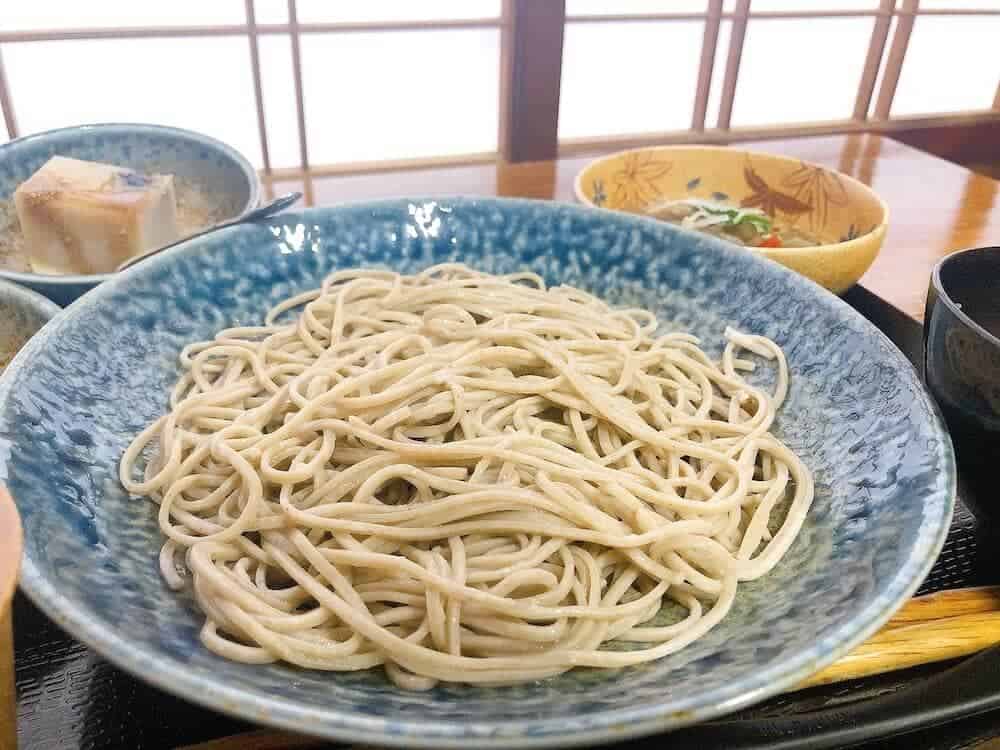
Juwari soba (十割蕎麦) is a type of Japanese soba noodle made entirely from 100% buckwheat flour. The term “juwari” translates to “100 percent” or “pure,” emphasizing that these noodles are not mixed with wheat flour, unlike some other soba varieties. Locals also called this kisoba (raw soba) or kikochi (raw flour-uchi) to distinguish it from other types of soba. Buckwheat is a gluten-free grain that is commonly used in Japanese cuisine. Juwari soba is known for its nutty flavor and slightly coarse texture. They often considered this a healthier option for those who need to avoid gluten or prefer a more nutritious noodle option.
Juwari Soba History
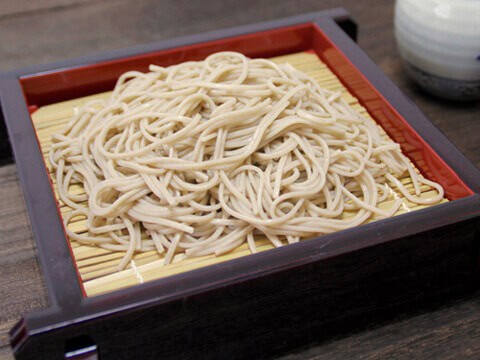
Japanese soba has an interesting history that connects it to ancient times. While DNA analysis suggests that the buckwheat plant likely originated in China’s Yunnan province and spread to the Himalayas, the cultivation of buckwheat in Japan has even deeper roots. Dating back to the Jomon period, the oldest era in Japanese history, evidence of buckwheat cultivation has been found in ruins over 9,000 years old in Kochi Prefecture. Seeds from 3,000 years ago were also discovered in ruins in Iwatsuki Ward, Saitama City, indicating a long history of buckwheat cultivation in Japan.
The term “soba” makes its first written appearance in the Shoku Nihongi, initially used for medicinal purposes, while buckwheat grains were crafted into porridge for food. The evolution of soba continued with the introduction of soba gaki, a form made by kneading flour with hot water. It wasn’t until later, during the Edo period in the 17th and 18th centuries, that 100 percent buckwheat noodles, known as soba-kiri or “raw flour soba,” emerged. During this period, the manufacturing method also involved mixing wheat flour as a binder.
The details of making and consuming buckwheat noodles were documented in the 1643 publication “Ryori Monogatari,” marking the first comprehensive guide on soba. In the mid-Edo period, “Soba Zensho,” often considered a specialty book on soba, functioned like a modern gourmet guide. This book included information on soba production areas, renowned soba and buckwheat flour, soba-making techniques, handling boiled soba, crafting soba soup, seasoning methods, and even listed the names of soba shops in Edo city, highlighting the rich culinary history of soba in Japan.
Appeal of Juwari Soba
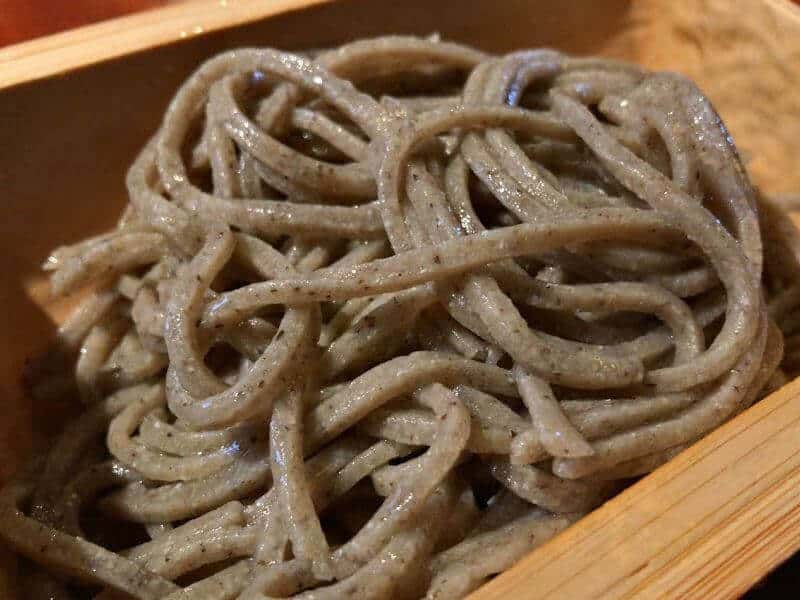
The great thing about Juwari Soba is that it lets you savor the genuine taste of soba directly. Because the flour used doesn’t stick together easily, when you take a bite, you’ll notice the distinct graininess of buckwheat flour. The flavor of the soba becomes apparent as you chew, and the aroma fills your nose. The noodles have a chewy texture rather than a smooth one, allowing you to appreciate a rich taste with every mouthful. While it’s tasty with dipping sauce, adding just a bit of salt enhances the buckwheat flour’s flavor, letting you truly enjoy the authentic taste of soba.
Soba Diet and Buckwheat Noodles Nutrition
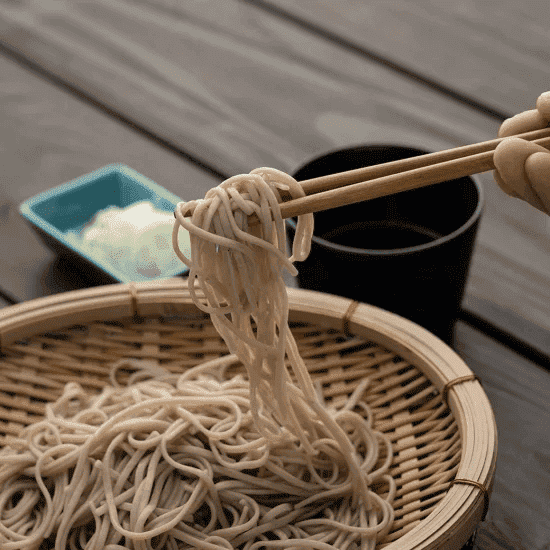
The “Soba Diet” is a method that aims to achieve a diet effect through meals centered around soba. Soba is considered to be suitable for dieting as it is low in calories and gives a feeling of fullness. In addition, soba is rich in nutrients such as dietary fiber, vitamins, and minerals, making it suitable for a healthy diet. The soba diet is said to be an effective way to lose weight by eating a diet centered around soba for a certain period of time, combined with exercise and dietary restrictions.
Buckwheat is a highly nutritious grain, packed with dietary fiber, protein, vitamins such as B1, B2, E, and folic acid, along with essential minerals. This versatile grain offers a range of health benefits due to its nutrient-rich composition. Notably, it contains polyphenols, which play a role in preventing skin aging. These compounds contribute to the overall well-being of the body and skin health. Including buckwheat in your diet can be a smart choice for promoting a balanced and nutrient-packed lifestyle, with the added bonus of supporting your skin’s vitality and resilience against aging.
Distinguishing Juwari soba from Regular soba
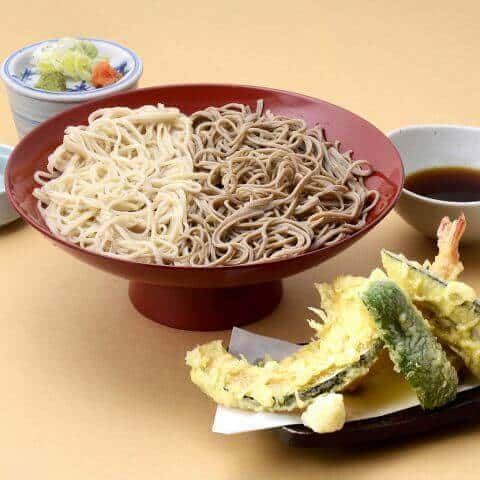
Most soba noodles you find in convenience stores or supermarkets aren’t entirely made of buckwheat. The main difference between regular soba and 100 percent soba lies in the use of binders like flour or yam. Nihachi soba, a common type, consists of 20% binder (usually wheat flour) and 80% buckwheat flour. While there are other soba varieties like Sotoichi and Shichisan, Nihachi soba is the most popular. It has a stickier dough and is simpler to make compared to Juwari soba.
Different Types of Soba
Soba noodles come in different types based on the amount of buckwheat flour used in their making: “28%”, “90%”, and “100%.” When making noodles like udon or ramen, the flour needs to stick together. This is usually achieved by kneading, which produces gluten, a type of protein, making the noodles chewy and firm. However, buckwheat flour lacks gluten, so using only buckwheat would make the noodles fall apart. To fix this, wheat flour is added to create gluten, helping the noodles hold together. The names like “Nihachi Soba” or “Hachiwari Soba” depend on the percentage of buckwheat flour used, like 80% or 90%. Yet, skilled craftsmen can make “juwari soba” without binders, using only 100% buckwheat flour. The success of this depends on the quality of the flour, temperature, and humidity, requiring advanced techniques.
Juwari Soba FAQ
- Which is tastier, Nihachi soba or Juwari soba?
-
It’s challenging to declare a clear favorite between Nihachi soba and Juwari soba as they offer distinct tastes. Nihachi soba, with its wheat flour content, goes down smoothly and has a pleasant texture. On the other hand, Juwari soba provides the authentic taste and aroma of pure buckwheat flour, with a delightful chewiness. If you prefer an easy-to-eat soba, Nihachi soba is a good choice, while Juwari soba is perfect for those who want to relish the true essence and texture of soba.
- What are the characteristics of Juwari Soba?
-
Juwari Soba stands out because locals crafted it solely from buckwheat flour, visible as black grains on the noodle surface. When you take a bite, you’ll feel a distinct roughness, setting it apart from noodles with added fillers. The texture changes as you crush it with your teeth, releasing the authentic flavor of soba. Additionally, as only they uses buckwheat flour, Juwari soba retains many of the natural nutrients found in soba. Making Juwari soba requires skill, and a unique aspect is that the taste can vary depending on the craftsman’s preparation technique.
How to make Juwari Soba?
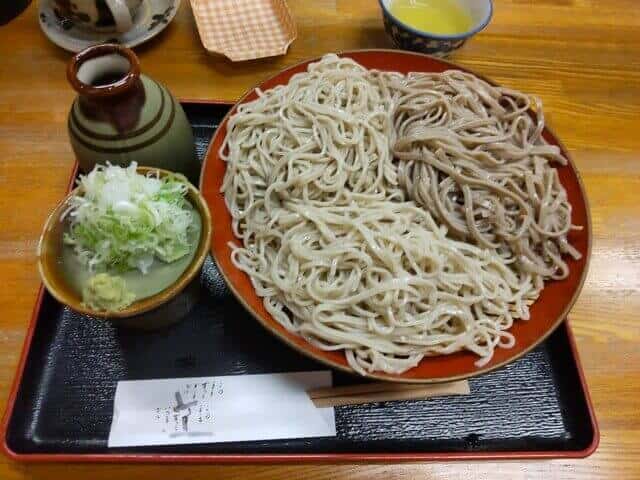
Mixing and Massaging the Dough
When making 100% buckwheat flour for Juwari Soba, start by adding 2 to 4% more water than the water content used for Nihachi soba. Add approximately 70% of the water initially, then evenly massage the entire mixture.
Second Water Cycle and Grain Size Increase
After the second water cycle, add the remaining water and proceed with careful stirring to increase the grain size. The soba balls become larger as you continue this process.
Checking Hardness and Time Before Wrapping
Once the dough reaches the desired size, check its hardness. Take a brief pause before wrapping (around 2-3 minutes), allowing the soba balls to firm up. If needed, add a bit more water to adjust the hardness.
Additional Water and Rounding Out
Add a further 2% of water to the compacted and hardened lumps of grains. After rounding out, ensure the corners are shaped without rolling.
Kneading, Rolling, and Cutting the Dough
Complete the usual steps of kneading, making the belly button, preparing the ground, and exposing the dough. Instead of wrapping the noodle strip around a rolling pin, stretch it vertically and horizontally to create corners. After dividing the meat and rolling it out, cut the soba noodles, and boil them. The finished Juwari Soba has a unique texture and quick onset of flavor, inviting you to savor its delightful characteristics. Give it a try and experience the joy of homemade Juwari Soba!
Where to buy Juwari Soba?
Soba Shunsai Kosuge (蕎麦旬菜 こすげ)
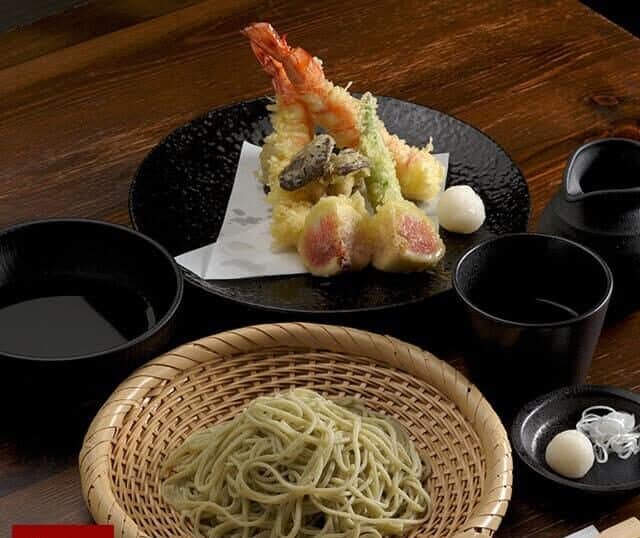
Soba lovers who have found “Soba Shuna Kosuge” are in luck. You can enjoy the best 100 percent soba noodles, number one in Shinshu. This method of making 100% buckwheat noodles is a traditional Shinshu soba technique developed over time to make 100 percent soba noodles. Although this is the original method of making Shinshu soba, there are currently only a handful of restaurants in Shinshu that serve soba made using a single-pole-marunoshi method. This store is one of those precious stores.
Nonoan (野の庵)
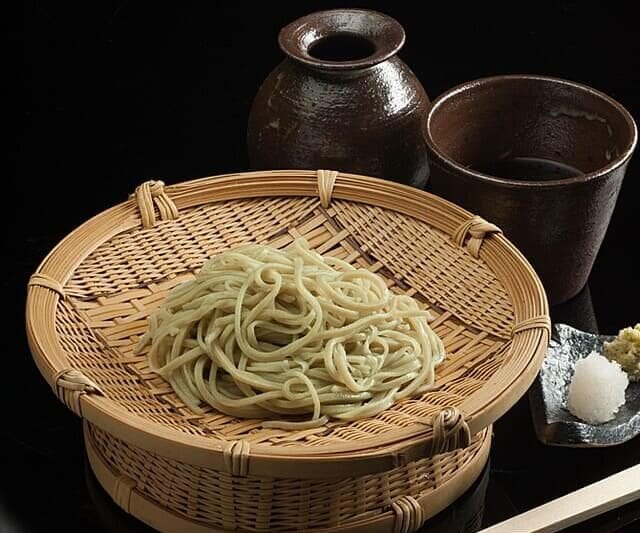
Juwari soba is served as a set with this dish. “Akebi Basket”. “Nonoan”’s Juwari soba is ranked first or second in deliciousness in the Tohoku region. When you taste the beautiful pale green noodles, you can instantly tell. The refreshing aroma and gentle sweetness spread throughout your mouth. They made the soba soup by blending three types of soy sauce and letting it sit for a month, then combining it with the stock from dried bonito flakes and boiling it in hot water. It is a hearty soup served after a day of aging.
Soba-tei Daikokuya (蕎亭 大黒屋)
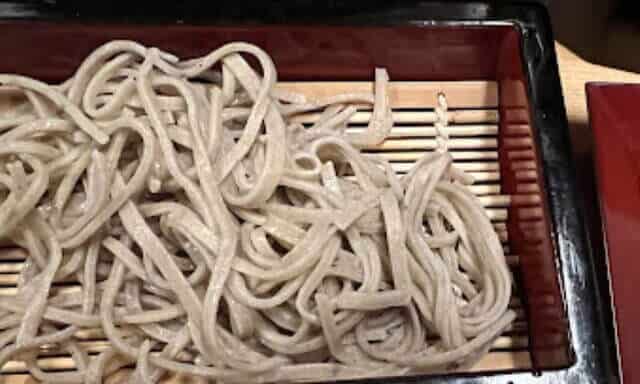
They have a network of soba producers all over the country and purchase the best soba they can think of that year, but even soba is inherently unstable. Mr. Kanno carefully selects the soba noodles he buys. You can choose a mortar as needed and grind the buckwheat flour that suits your purpose. While considering the characteristics of the buckwheat flour, blend several types of flour to achieve the flavor and texture that you are aiming for. Then, they will make soba noodles.
For Online Shopping
For those who want to order or buy Juwari Soba in Japan, you can mail it to your home online on Rakuten. You can check out some shops that sell Juwari Soba via Rakuten by clicking below.
And for those who want to order or buy but live away from Japan. You can ship them from Rakuten by following the steps below. Rakuten offers International Shipping Service, so do not worry about how to receive your items. Rakuten Global Express is an online shopping service that allows users to shop at stores in Japan.
Sign up
First, you need a Rakuten ID. If you are already a Rakuten member, you can start using Rakuten Global Express. If you have not registered yet, click here.
Get your personal RGX address
After signing up, you will get a Japanese address: a Rakuten Global Express address.
Shop at stores in Japan
Now that you get yourself a personal RGX address (Rakuten Global Express address). You can shop online in Japan, click here to shop for Juwari Soba (not only Rakuten but other online stores are also included).
When you have decided on your items, set the delivery address to your Rakuten Global Express address.
Confirm items
After items are shipped to the RGX address, they will be packed into one package. You also receive an email upon confirming these items and payment.
Once the payment is confirmed, your package will be delivered within a designated period depending on your shipping choice.
Takeaway
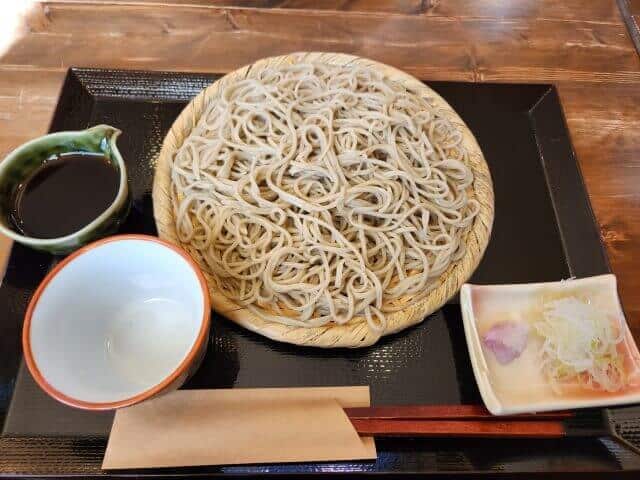
From its humble origins to the careful steps involved in making these pure buckwheat noodles, each aspect adds flavor to the experience. The simplicity of using only buckwheat flour creates a unique taste that stands out. The Juwari Soba holds a special place in Japanese culinary history. So, take a journey through the story of Juwari Soba, and perhaps, the next time you savor these noodles, you’ll appreciate not just the taste, but the rich tradition behind every chewy bite.
You can check out other Japanese dishes we have similar to soba dishes!

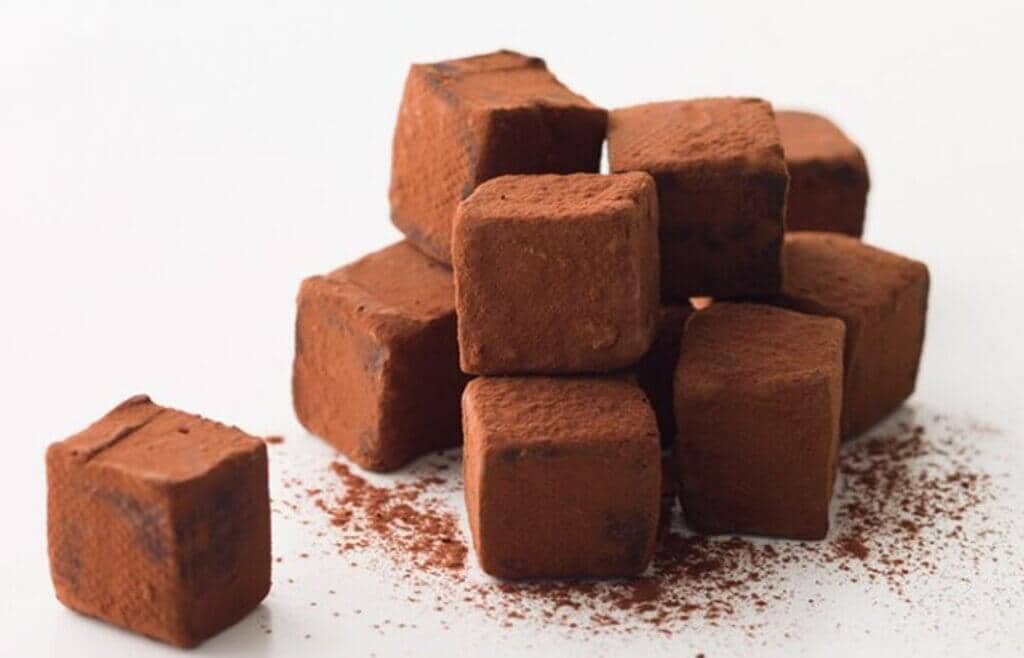
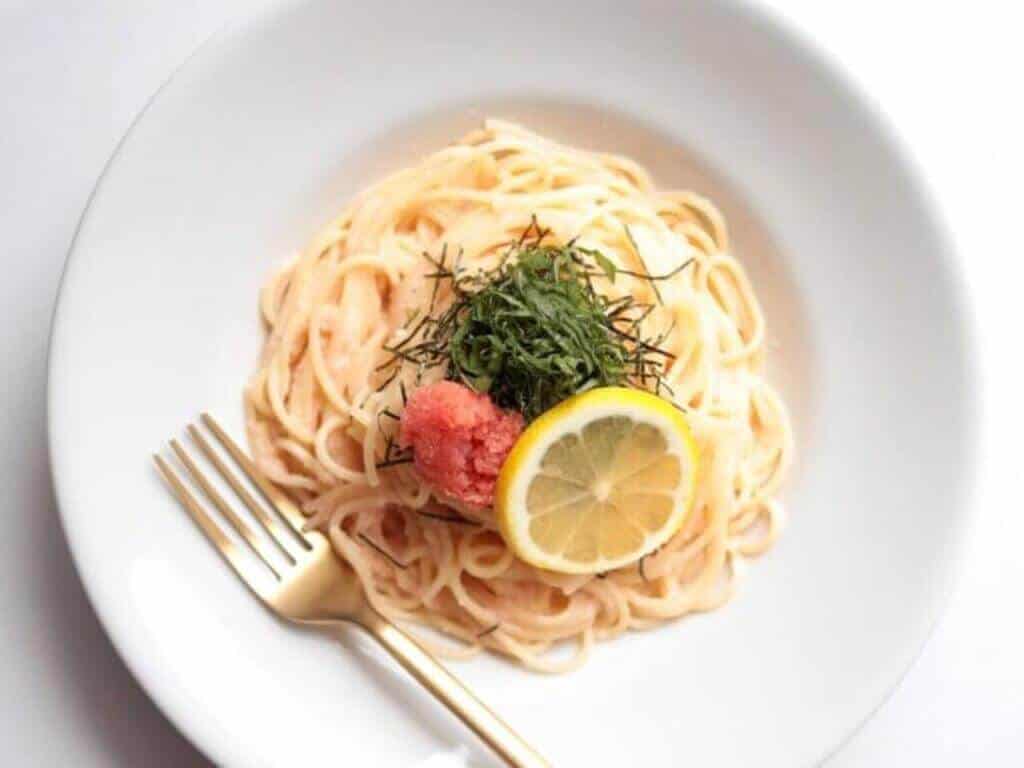
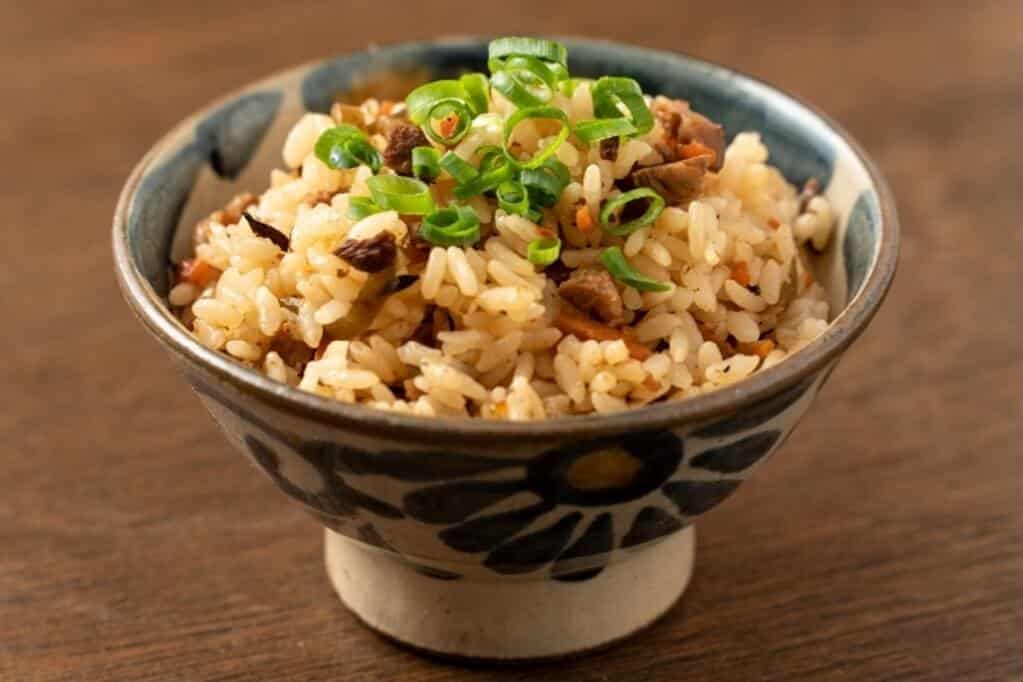
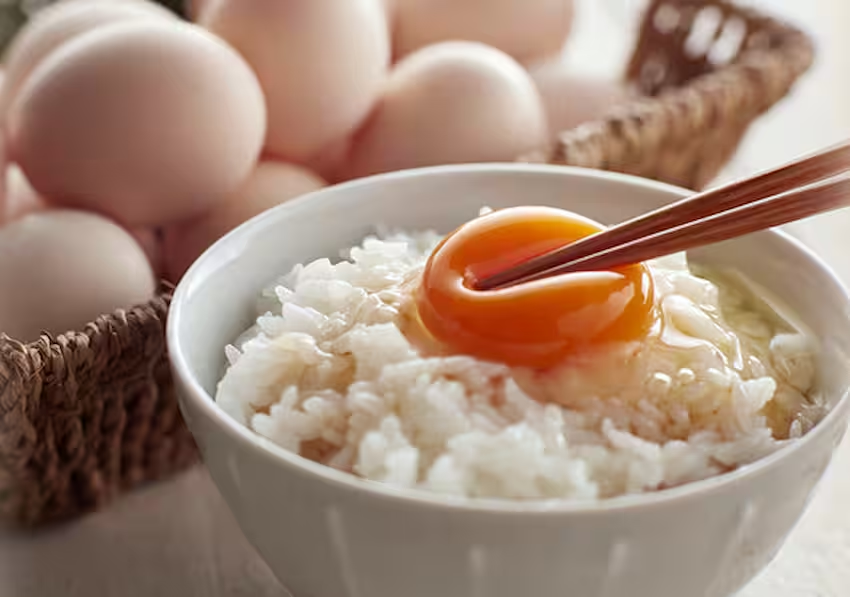

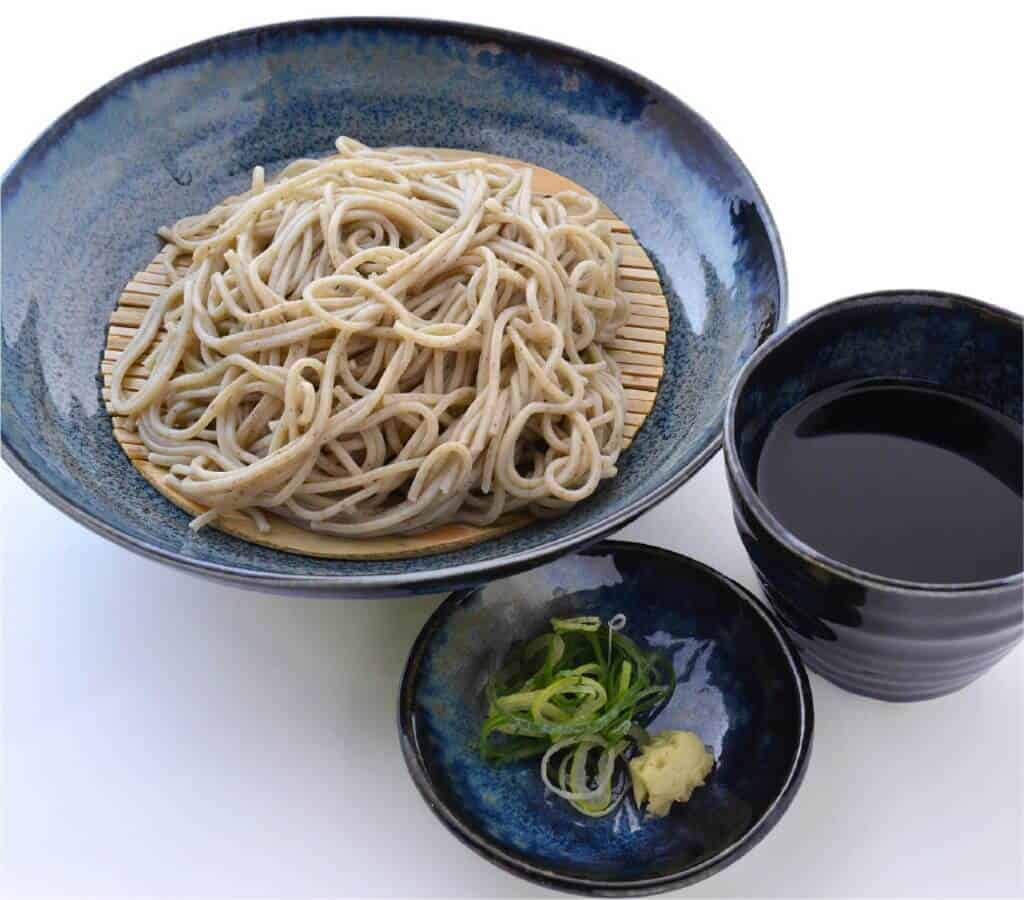
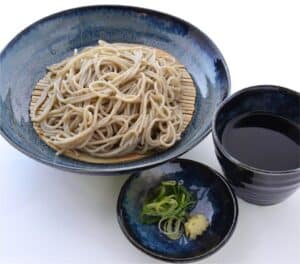
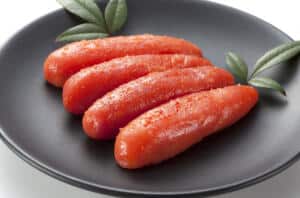
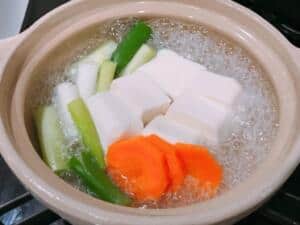
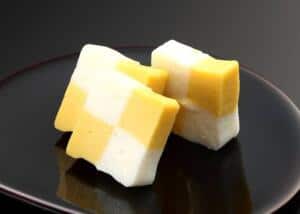
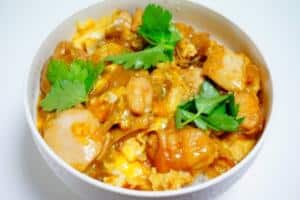
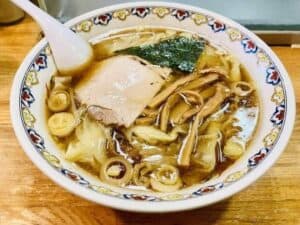
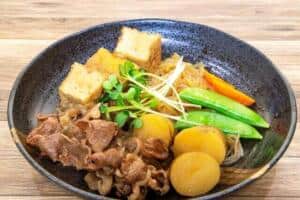
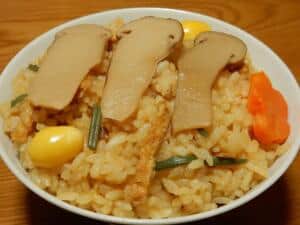
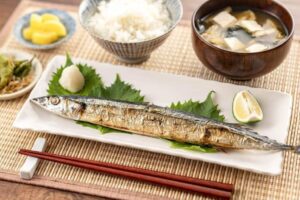
Comments